Ancient Silkworm Pupae | New Discovery in Shanxi, the Birthplace of Silk!
-
 2025-11-13
2025-11-13
-
 Brand News
Brand News
-
 53
53
Silk Originated in Shanxi
China is the world's first country to discover and use silk. Emperor Yan Shennong discovered the five grains in Shanxi, while Leizu, the primary wife of Emperor Huang Xuanyuan, pioneered the techniques of mulberry planting, silkworm rearing, and silk reeling. She taught people to raise silkworms and weave silk, marking the Chinese nation's entry into the era of civilization.

In 1927, Professor Li Ji, a Chinese archaeologist, excavated a half-cut silkworm cocoon in Xiyin Village, Xia County, Shanxi. Verified to be over 5,000 years old, it is the earliest physical silkworm cocoon discovered in the world to date and is now preserved in the National Palace Museum, Taipei.

Shanxi has long led the way in silk weaving and dyeing techniques, with mature jacquard weaving already developed in the Han Dynasty. Cultural relics unearthed from the Han Tomb of Geng Ying fully confirm this, and they are now collected in a silk museum in Japan.
Recently, another major archaeological discovery has been made at the birthplace of silk!!!
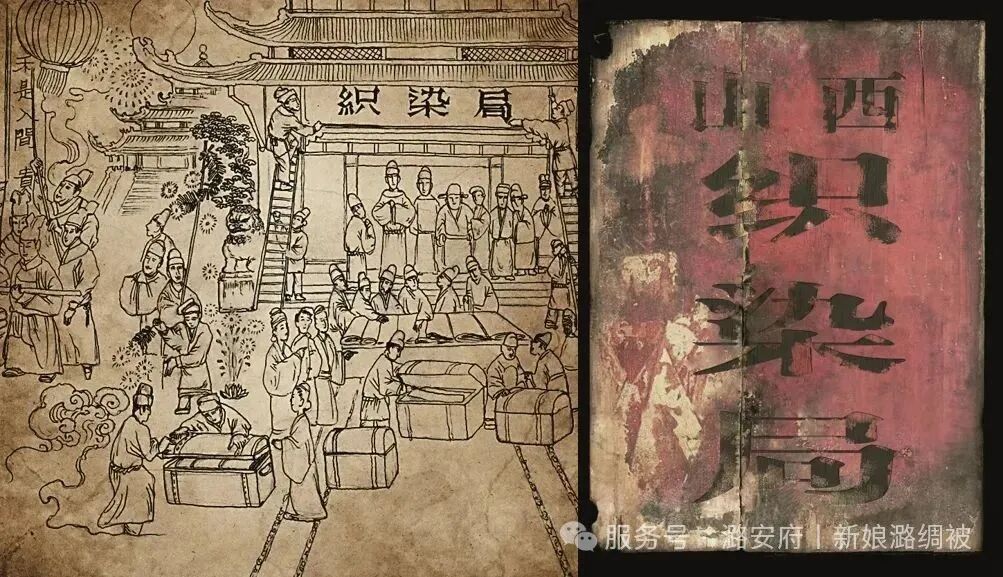
Birthplace of Silk | Another New Discovery

▲ Stone carvings and pottery silkworm pupae unearthed from the Guduo Site in Hejin
On July 28, China Cultural Relics News announced a new archaeological discovery at the Guduo Yangshao Culture Site in Hejin, Shanxi.
Six pottery or stone-carved silkworm pupae were unearthed at the site, a finding that lifts the veil on the origin and spread of early silk technology.
Currently, these silkworm carvings are on display at the "Root-Seeking - Latest Archaeological Achievements Exhibition of Yuncheng" in Yuncheng Museum.

▲ Exhibition Hall of Yuncheng Museum
The Guduo Site is located on a terrace south of Guduo Village, Hejin City, Shanxi Province. From December 2022 to April 2025, the Shanxi Provincial Institute of Archaeology, in conjunction with the Yuncheng Cultural Relic Protection Center, Yuncheng Institute of Archaeology, and Yuncheng Archaeological Team, conducted archaeological excavations at the site.
A total of 2,180 square meters of the site was uncovered, revealing 5 Yangshao Culture dwellings, 139 ash pits, 4 pottery kilns, and 4 hearths, along with a number of important physical relics.
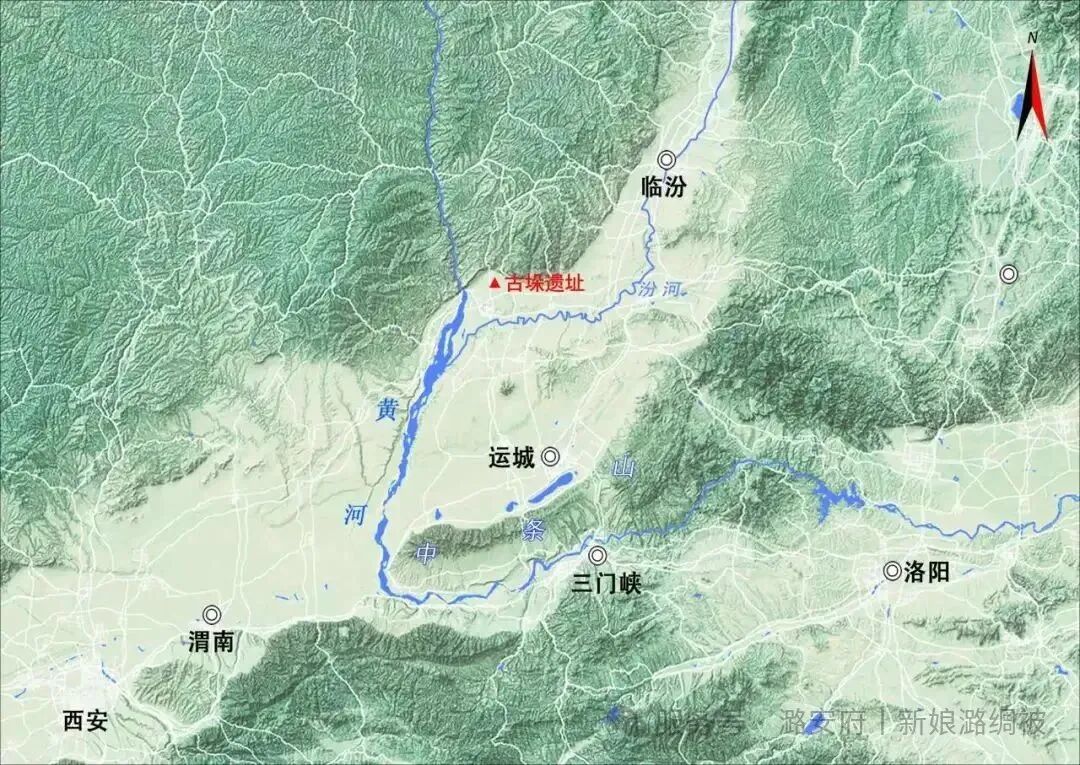
▲ Map of the Guduo Site's location

▲ Left: Aerial photo of the 2024-2025 excavation area at the Guduo Site;
Right: Mid-Yangshao Culture dwelling F3
The dwellings are semi-subterranean, consistent with the construction style of large Yangshao Culture dwellings previously discovered in southern Shanxi and western Henan. The ash pits are generally concentrated, with elliptical and circular plane shapes, and most have straight walls with flat bottoms or curved walls with rounded bottoms. Most of the pottery kilns only retain their bottom structures. The overlapping and breaking relationships between different types of relics reflect the evolution of the settlement layout in the excavation area over different periods.
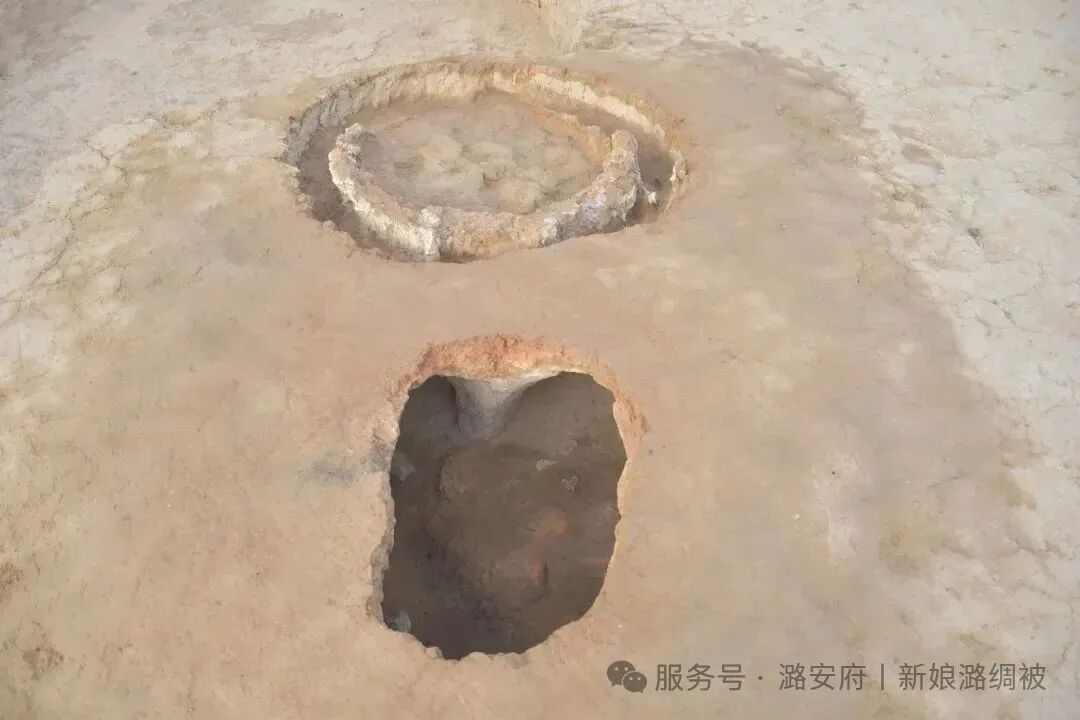
▲ Mid-Yangshao Culture pottery kiln (Y3)
The cultural relics unearthed at the site are mainly pottery and stone tools. Common pottery types include bowls, basins, jars, bottles, tripods, and urns. Painted pottery features black, red, and white colors, with black being the dominant. Common patterns include stripe patterns, transformed fish patterns, "flower" patterns, grid patterns, and dot patterns.

▲ Painted pottery basin
Most notably, six pottery or stone-carved silkworm pupae were unearthed at the site. The stone-carved pupae are lifelike in shape, highly similar to modern domestic silkworm pupae. Some are elliptical with rounded, plump middles; others have simple decorations, with spiral patterns outlining the head, abdomen, and tail of the pupae, demonstrating the superb carving craftsmanship of ancient people.

▲ Small stone balls
In addition, pottery spinning wheels and bone needles were also unearthed at the site. Pottery spinning wheels, with a hole in the middle, were used for spinning thread. Bone needles, polished all over, are thick at the top and thin at the bottom, with pointed ends and a hole at the top for weaving cloth. From the delicate carving of silkworm pupae to the supporting use of textile tools, these findings vividly showcase the wisdom of prehistoric ancestors and the dawn of textile civilization.
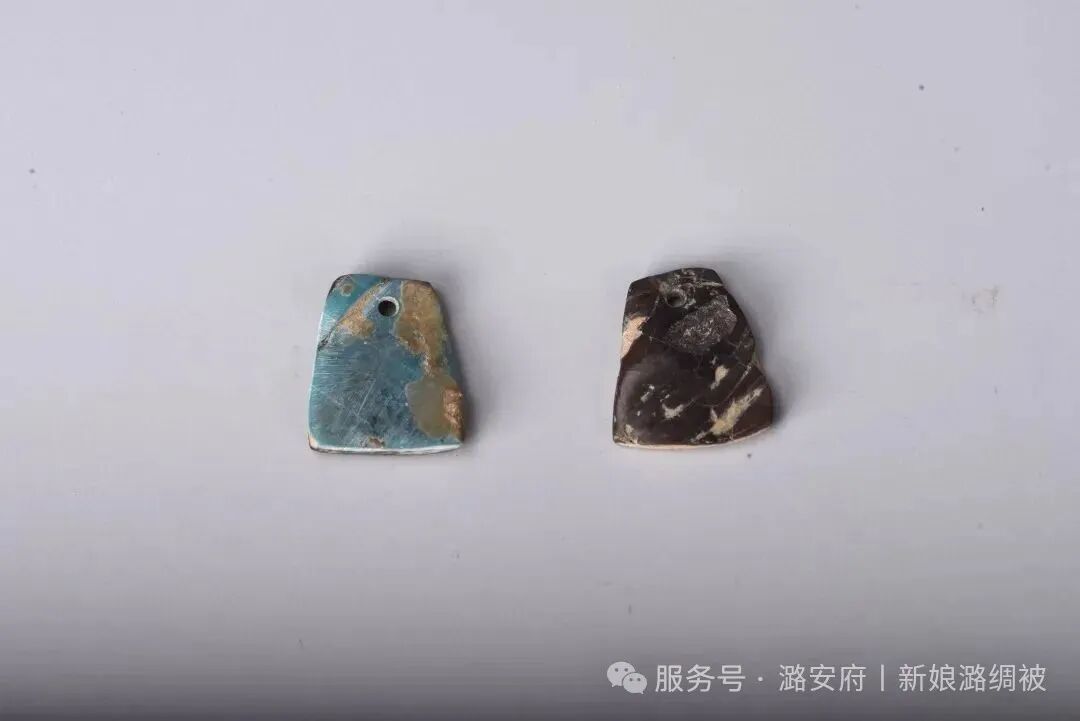
▲ Turquoise pendant (left) and flint pendant (right)
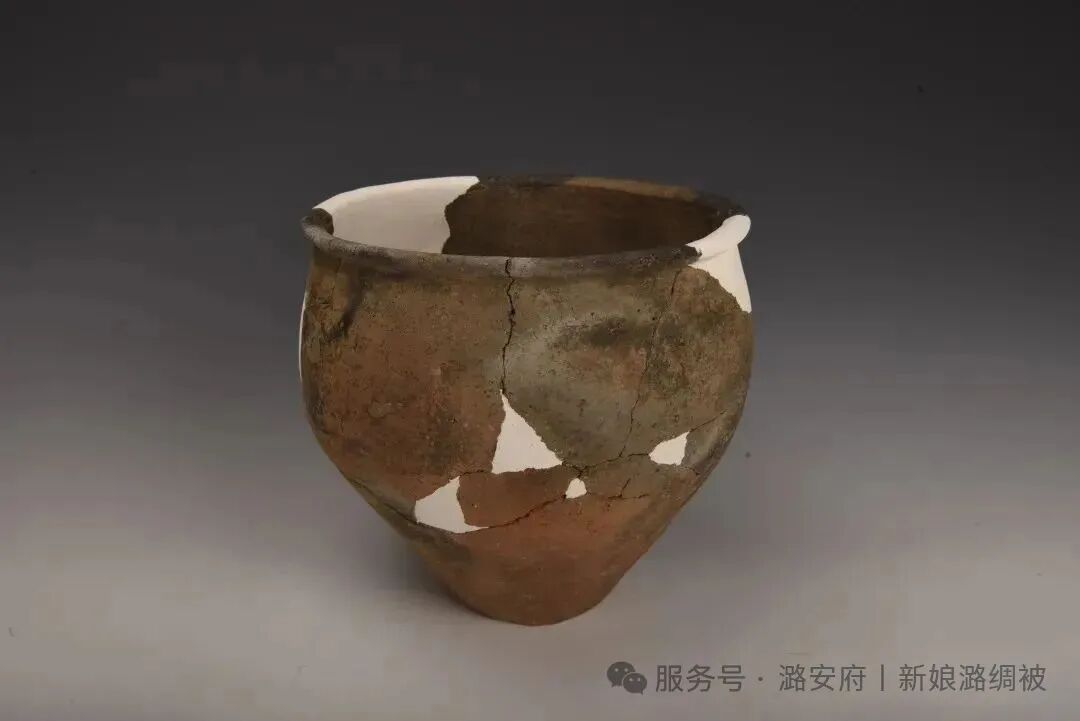
▲ Sand-tempered jar
According to staff of the archaeological project, the Guduo Site dates from the early Yangshao Dongzhuang type to the mid-Yangshao Miaodigou Culture (Xiyin Culture) period. The excavation of the site fills the gap in the discovery of early Yangshao archaeological culture in the lower reaches of the Fenhe River, providing a research perspective on the evolution from the early Yangshao Dongzhuang type to the mid-Yangshao Miaodigou Culture (Xiyin Culture) in southern Shanxi. The overlapping and breaking relationships between different types of relics also provide a typical case for studying the evolution of settlement function and layout in the early and middle Yangshao Culture in the middle reaches of the Yellow River.
Currently, Yangshao Culture silkworm pupae discovered through archaeology have shown a "multi-point blooming" pattern in southern Shanxi, with findings at the Shicun Site in Xia County, Qiujiazhuang Site in Wenxi, and Guduo Site in Hejin. These discoveries have important enlightenment significance for researching issues such as Leizu's "silkworm rearing and silk reeling" recorded in ancient history, the origin of silk weaving, and the important status and role of southern Shanxi in the process of Chinese civilization.




